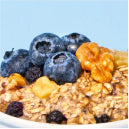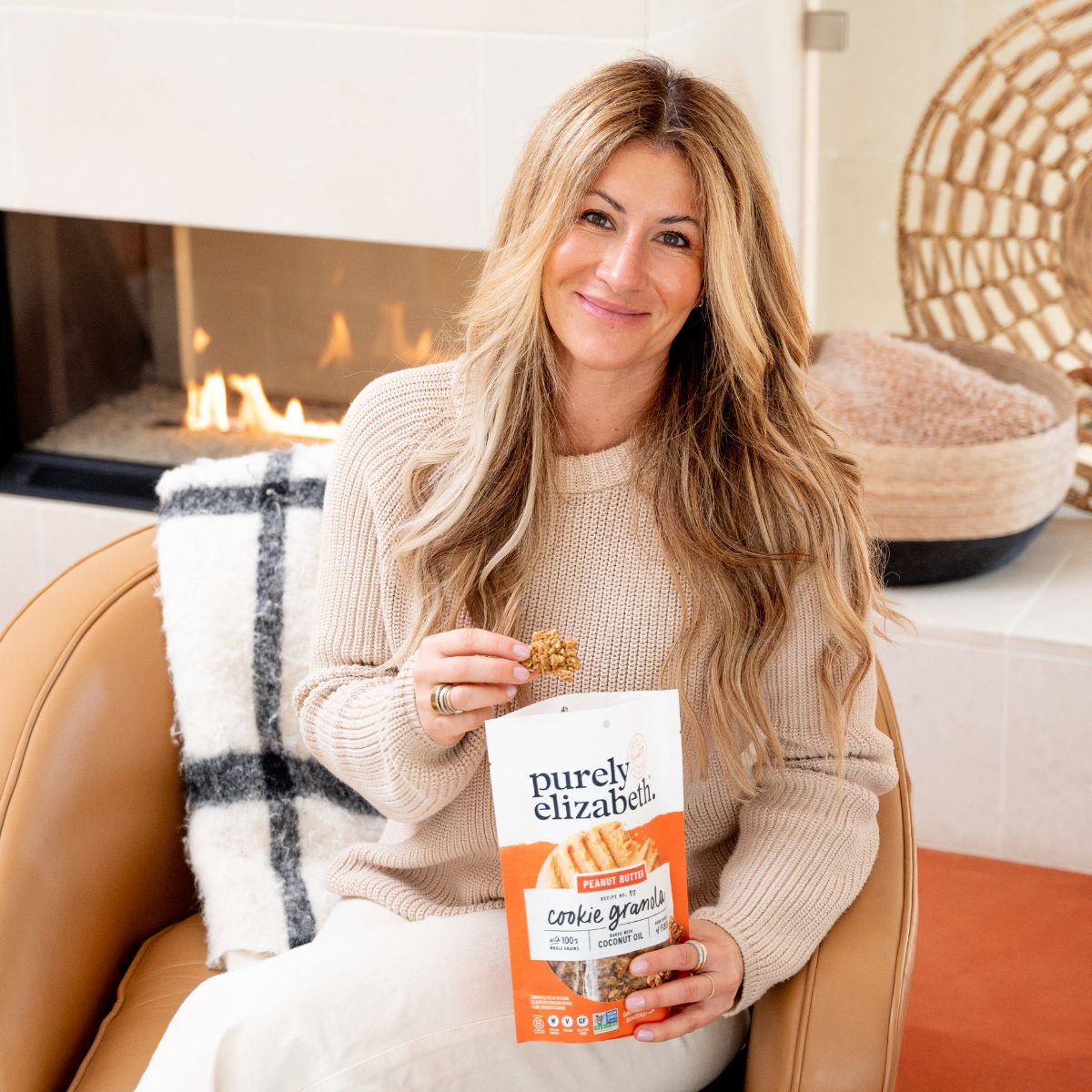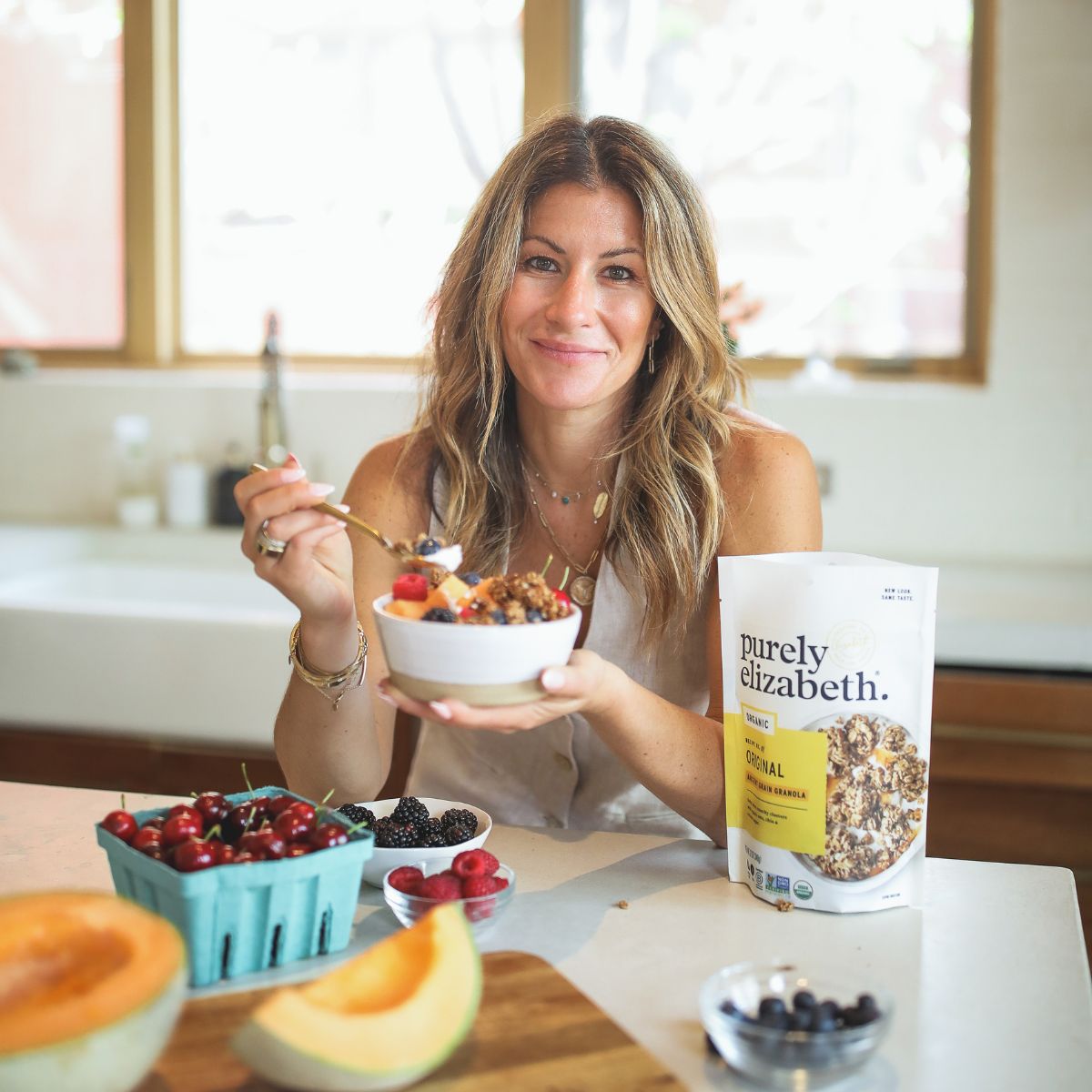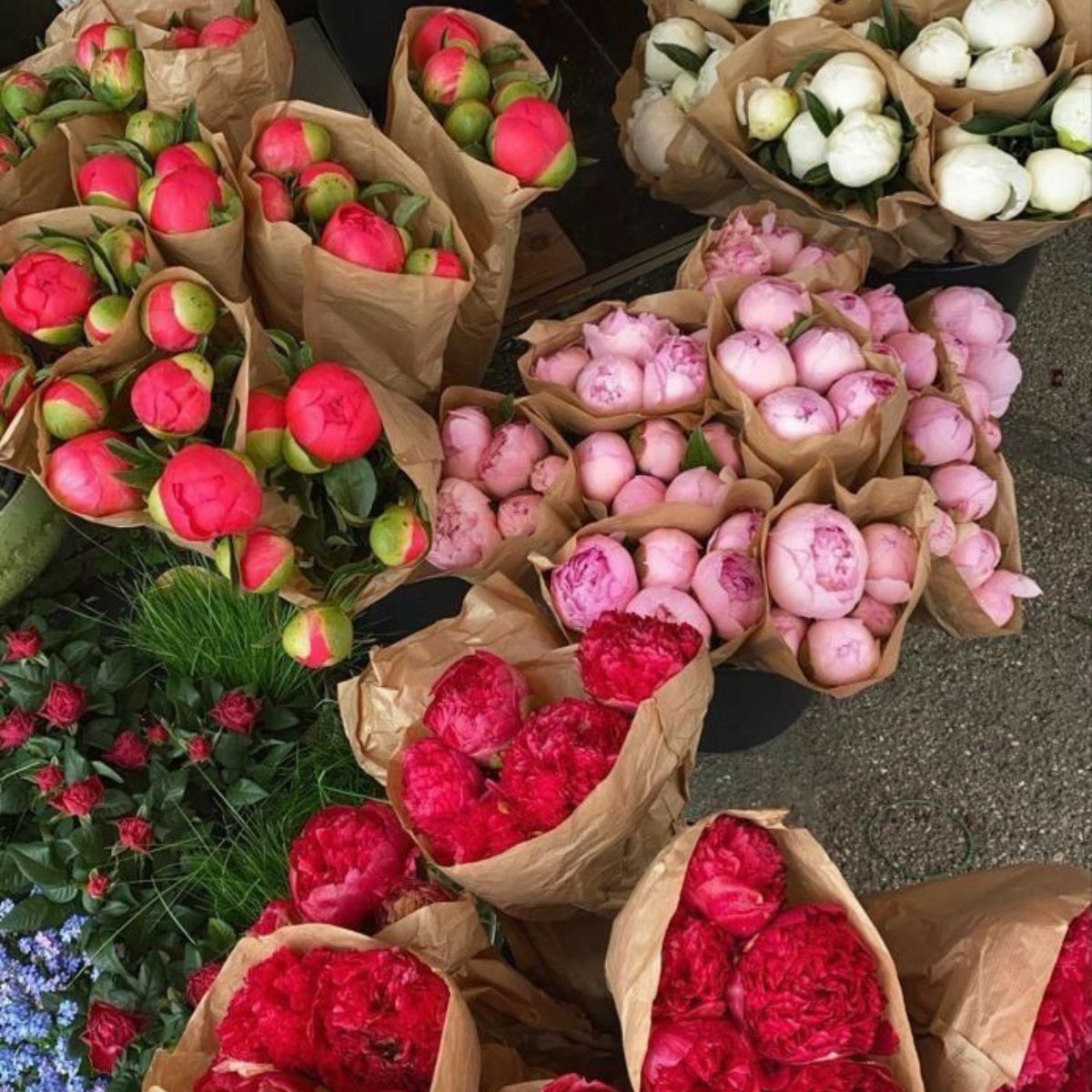New diets are popping up everywhere. From gluten-free to paleo to keto-friendly granola, it’s hard to keep up with the ever-changing philosophies on eating. With the start of every new season, I work on refocusing my mindset and setting intentions for the next couple of months. Many of my intentions are focused around food and I started thinking about what kinds of foods I can incorporate into my diet that will offer me energy and nutrient-rich properties for a busy summer ahead. Within the past year, I have chosen to eat a majority grain-free and plant-based diet and I’ve had more energy, lower inflammation and better digestion because of this change in diet. I have seen the positive effects of going more grain-free so I thought I would share my 3 tips to going grain-free. There is no one-size-fits-all diet out there but like Michael Pollan says “Eat foods. Not too much. Mostly plants”, and you will no doubt see a positive change in your body and general lifestyle.
My 3 Tips to Going More Grain Free
1. Ease Into It
The reason so many people have difficulty maintaining a certain diet is because they cut out foods too abruptly. Before you jump into eating less grains, I always encourage people to begin by eating healthy gluten-free grains like quinoa, oats or brown rice to give your body time to adjust to a new diet. Our Ancient Grain Granolas and Superfood Oats are packed with gluten-free grains that are easy on the body and are packed with powerful benefits that offer your body more energy than grains containing gluten.
2. Meal Prep
When you start eating less grains, you will soon realize how much of our diet was filled with grains. Because of this, it’s important to have plenty of fruits and vegetables stocked in your fridge and meals prepped to ensure you are getting adequate nutrients your body needs. I’ve started filling my freezer with frozen fruits and vegetables to make a quick smoothie and cauliflower rice to whip up a stir fry on weeknights. Stocking up on quick and delicious grain-free breakfast options, like our grain-free granola or pancake mix, help maintain a grain-free lifestyle. While I do eat mostly plant-based, having lean meats and fish in your freezer can help fill your plate with proteins.
3. Do Your Research
In order to maintain a nutrient-rich, balanced grain-free diet, it’s very important to understand what you can and can’t have along with knowing what each ingredient does for your body. When I was attending the Institute of Integrative Nutrition, I began learning about the powerful benefits of ingredients like chia, hemp, quinoa and amaranth. You will begin to appreciate the foods you cook when you have a better understanding of their unique characteristics and the dynamic effects they will have on your body.
Here are a few foods I always keep on hand in my kitchen:
ALMOND BUTTER. Almond butter is a delicious, healthy alternative to traditional peanut butter, perfect to spread on sandwiches, include in smoothies, or utilize in sauces. Almonds are a nutritional powerhouse that contains significant amounts of protein, calcium, fiber, magnesium, folic acid, potassium, and vitamin E. Favorite Brand: Once Again Organic Almond Butter Creamy
ALMOND FLOUR. I love almond flour because it’s not really flour; it’s just ground up almonds, so since it’s grain free, it’s a great option if you are sticking to a Paleo diet. Almond flour is rich in magnesium as well as vitamin E, a powerful antioxidant. Favorite Brand: King Arthur Flour Almond Flour.
CHIA SEEDS. Chia seeds are a powerful superfood once used as currency for their exceptional value. The Aztec warriors used this endurance seed, rich in omega-3 fatty acids, fiber, and protein to run great distances. Studies show that eating chia seeds slows down how fast our bodies convert carbohydrate calories into simple sugars. Look for Salba. Chia, the most nutritionally consistent and nutrient dense form of chia on the planet. Favorite Brand: Salba Smart Organic Raw Whole Chia Seeds
COCONUT OIL. Coconut oil is made of lauric acid, a medium-chain fatty acid found in mother’s milk that supports healthy metabolism as well as offering anti-fungal, anti-viral, and anti-bacterial properties. The medium-chain fatty acids get used as energy rather than stored as fat in the body. Unlike other fats, extra virgin coconut oil is high in medium-chain fatty acids that help you lose weight, lower cholesterol, improve diabetic conditions, and reduce the risk of heart disease. Favorite Brand: Spectrum Unrefined Organic Virgin Coconut Oil
COCONUT SUGAR. Coconut sugar is made from the sap or nectar of the palm tree flower. The Food and Agriculture Organization has even named this sugar the world’s most sustainable sweetener. Measuring low on the glycemic index (35), it is also nutrient-rich—high in many vitamins and minerals such as potassium, magnesium, zinc, iron, and B vitamins. Coconut sugar is my favorite sweetener to use for any sugar substitute due to its taste and health properties. It’s also simple to swap into any recipes as it has a 1:1 ratio to regular sugar. Favorite Brand: Big Tree Farms Organic Coconut Sugar
GARBANZO FAVA BEAN FLOUR. Garbanzo fava bean flour contains high levels of protein and fiber. Garbanzo bean flour is traditionally used in Middle Eastern cooking and baking. It can have a strong flavor, so I use it as a small ration in my flour blends to bake. Favorite Brand: Bob’s Red Mill Garbanzo Fava Bean Flour
HEMP SEEDS. Hemp seeds were first used in China more than six thousand years ago as a staple food. Rich in omega-3 fatty acids and protein, hemp seeds are considered a perfect food. This superfood is also rich in sulfur, known as the beauty mineral, as well as iron and vitamin E. I love throwing hemp seeds on top of salad, soups, cereals, even pasta for added nutrition, crunch, and nutty flavor. Favorite Brand: Manitoba Harvest Organic Hemp Hearts
HIMALAYAN SEA SALT. Himalayan sea salt is thought to be the purest salt on Earth, containing more than eighty-four minerals that help balance the body. This is my salt of choice for all of my cooking and baking. Favorite Brand: HimalaSalt Himalayan Sea Salt
NUTRITIONAL YEAST. Yellow in color and with a nutty cheesy flavor, nutritional yeast is an inactive yeast that is a favorite amongst many vegans since it’s a source of b12. Favorite Brand: Buy from bulk section at health food store
TAHINI. Made from ground sesame seeds, tahini is chock-full of calcium. Traditionally used in Middle Eastern cooking, tahini can be added to dips and dressings for a delicious, smooth, nutty taste. Favorite Brand: Once Again Organic Sesame Tahini
TAMARI. Like soy sauce, tamari is made from fermented soy. However, it differs from soy sauce in that it does not contain wheat. Due to the higher concentration of soy, you will notice a thicker, less salty taste. Favorite Brand: San J’s Organic Tamari
I am so excited to continue expanding our grain-free product line. Check out all of our grain-free products on our website!











